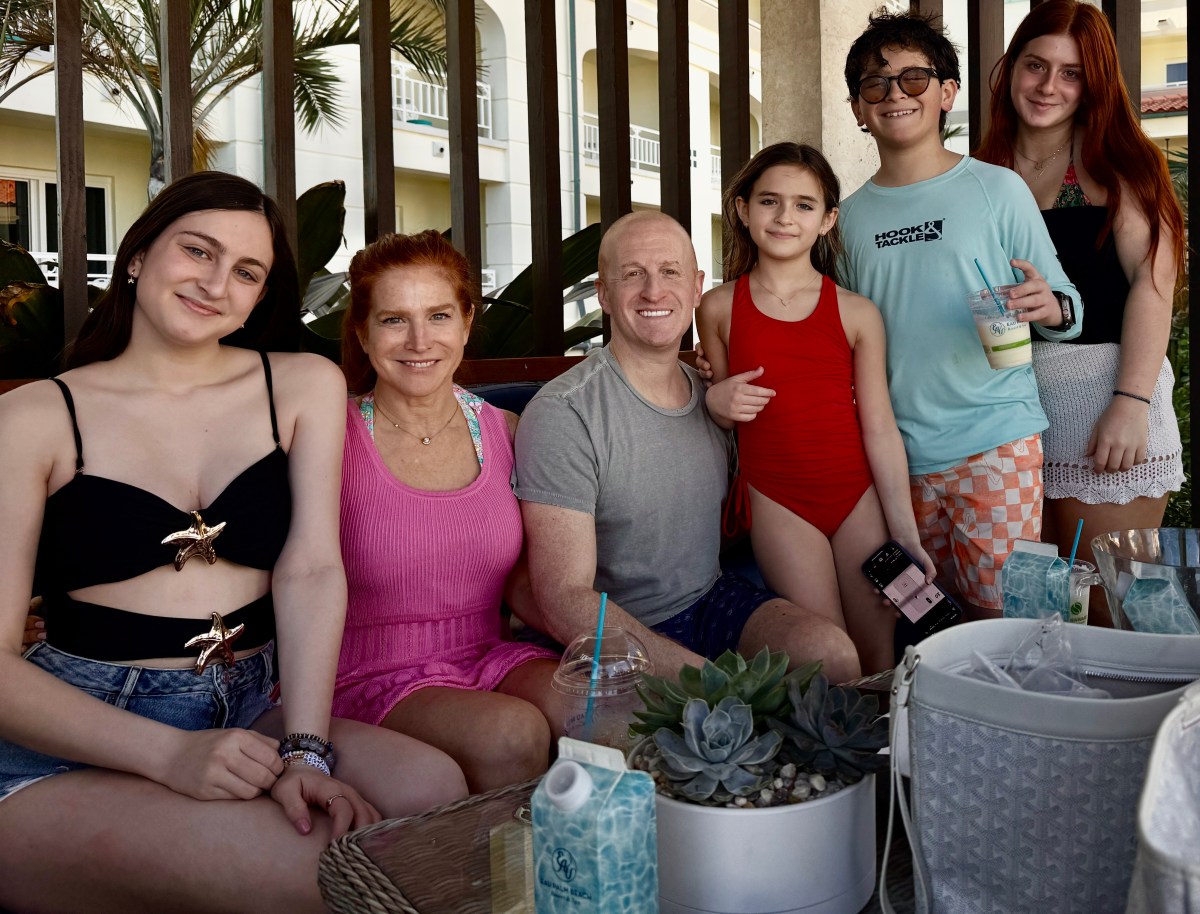East End Tech: New Tech to Rock Out to Old Songs
A few weeks ago, my 9-year-old daughter asked me a question I’ve been expecting to hear for a long time.
No, it wasn’t about drugs. Sort of.
She wanted to know about rock and roll. Heavy Metal, to be precise. As a guy who owns about two terabytes of music, much of it recorded before the 1990s, I felt perfectly qualified to answer that question.
A brief prelude: My kids have been listening to music since birth. My strategy was never to force my own faves on them; that would surely backfire. I let them listen to Ke$ha and Katy and Nikki, but I always sprinkled in Bob Marley and Tom Petty and The Ramones. I didn’t care if they liked shallow pop divas, as long as they liked music. I figured that sooner or later the cream would rise to the top.
There were a few minor successes. My son loves to bounce to gangsta hip-hop—but none of it really stuck, until now.
So how do you tell a kid the story of rock and roll without putting her to sleep? I decided to have them experience rock the same way that I did—on vinyl. And since I’m Dr. Gadget, I turned to an old friend to help me out: technology.
First I needed a turntable. I assumed it would be impossible to find a decent model for less than $3,000. Guess what? I was wrong. There are dozens of retro-style turntables on the market. They’re easy to use, relatively durable and deliver sound quality that’s more than acceptable for curious young audiophiles.
The Crosley Spinnerette is my favorite. Shaped like a suitcase, with bright mod colors, it looks just like the old Magnavox unit my friend Adam Parnes kept in his basement around 1973. It weighs about five pounds, folds up to the size of legal paper, and has a handle for easy carrying. It plays all three record speeds: 78, 45, and 33 RPM. Audio controls are idiot-proof: volume and tone.
The cool thing is, it’s not entirely retro: the stereo speaker sounds way better than Adam’s Magnavox, there’s an output jack that lets you connect to a PC for recording, and an aux input to let you plug in your MP3 player and make mash-ups. At $150 delivered to your door, it’s a no-brainer.
Next, I needed to find some records. Flea markets are a great place to start, but the internet has lots of options, too.
I started on eBay and Amazon, which certainly have a good enough selection to get the basics, eBay has more vintage, one-of-a-kind records, while Amazon has lots of re-issues. Vintage records can be incredibly expensive—$50 for a scratchy version of Sticky Fingers seemed high. But many of the classics have been re-released on vinyl and sound just as good—at least to those of us who don’t require sound quality that dogs and whales would appreciate.
There are also specialty sites devoted to rare and unusual vinyl. Like that small little record store that was in every town, with two guys behind the counter who were only mildly interested in the customers and rolled their eyes at anyone who dared request a Supertramp or Genesis record.
Vinyl.com is a good site. It lets you browse by genre, artist, song or album title and even the record format. For DJs, it has a “vinyl breaks” section with instrumental records to use as samples. One thing it lacks is a community or social function. It would be great if users could connect with one another to share and trade records.
This morning we played our first albums. We started with the classics: Magical Mystery Tour, Tommy and an album by the Shangri-Las. I figured they would like one of the first girl groups, and I was right. We even got to Johnny Cash and a Rick James Punk Funk record.
My kids studied the liner notes and asked meaningful questions about the artists. They were fascinated by the way the needle moved inward as the record played.
That’s when I realized that technology doesn’t have to be “new” to be meaningful.
Like a great record, it just has to have soul.



